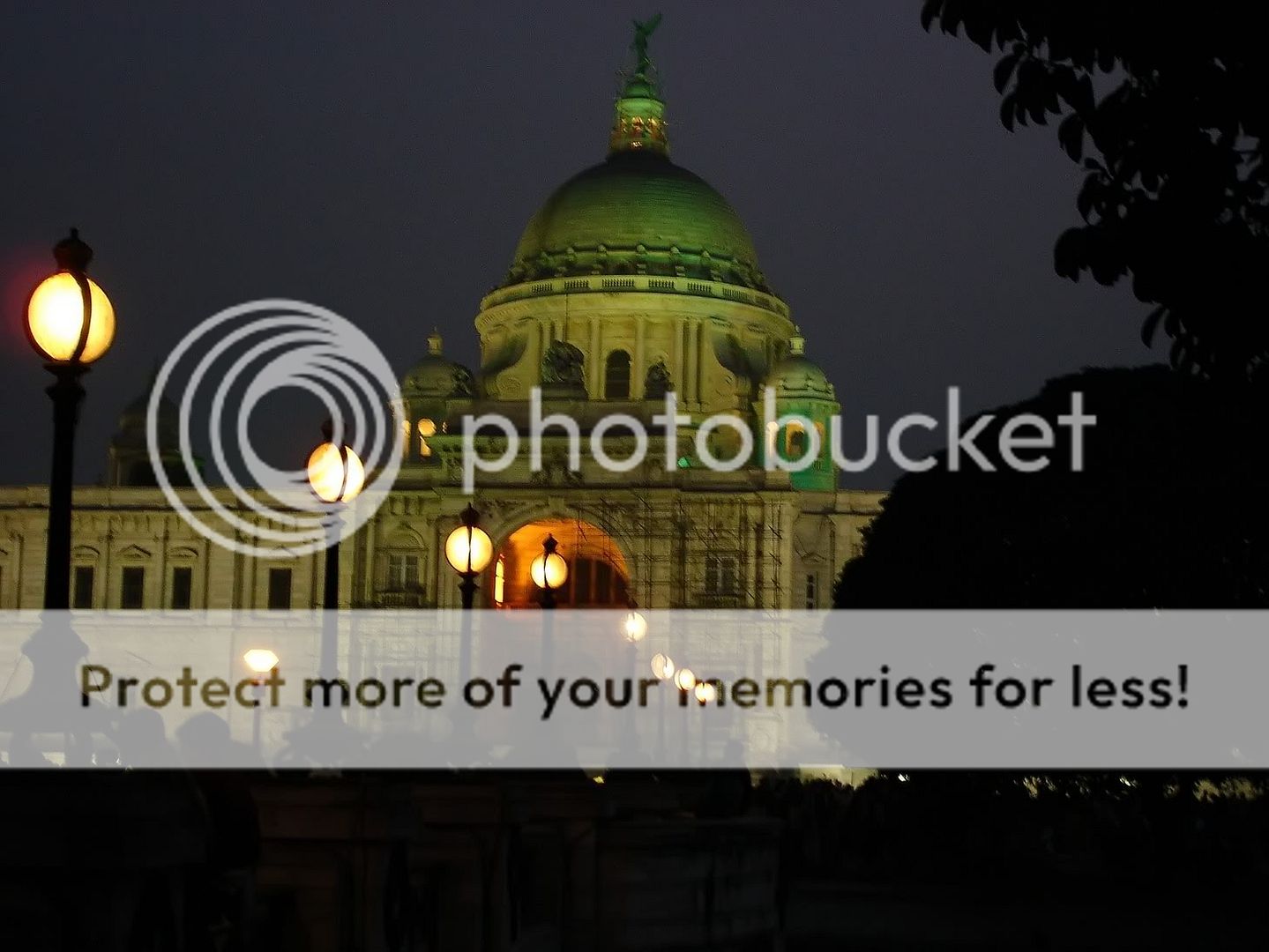santanuc said:
what is EXIF data?? I snapped the photo with a digital camera.
ISO is 400. and what I can remember shutter was 10, apperture is set automatically depending on zoom which was, what I can remember, 2.1 optical zoom.
whats the problem with higher ISO?? plz explain...
hey if I give long exposure using a tripod don't u think the lights on the posts would be over-exposed???
The EXIF data is the data your camera automatically stores with every picture you take. It contains data about the camera that took the picture, all of the settings(ISO, F-Stop, Exposure, etc...)
You can see this data in most photo editors such as photoshop.
Your EXIF data was:
Exposure: 1/10 sec (how long your shutter is open)
F-Stop: 3.5 (how large the shutter opens)
ISO: 400 (how sensative the film is)
concerning the ISO.... the higher the number the more sensative the film(or with digital "plate") is. So, the more sensative it is, the more noise you're going to have and the shutter doesn't have to stay open as long when the ISO is as high as 400.
what you should do for these pictures is:
Set the ISO to 100(lowest your camera can go)
set the F-stop to 5.6(highest your camera can go)
set the Exposure to manuel and play with how long the shutter is open... you will need a tripod with this setting though...
btw.... the higher the F-stop is your DOF(depth of field) will all be more in focus. you had it set very low.... so if the lamp close to you was in focus than the building wasn't and visa-versa.
hope all that helped...









![[No title]](/data/xfmg/thumbnail/36/36393-86ce601930c671b92b6df002b7fcbd0b.jpg?1734168775)





![[No title]](/data/xfmg/thumbnail/36/36394-700ff78d7b45c663863e641a9bcf1fe1.jpg?1734168775)

![[No title]](/data/xfmg/thumbnail/41/41423-156eb6e5a056cd1cbcf60e12a03f9d56.jpg?1734175857)


